Kumamoto Prefecture is the most influential region of Kyushu Island in Japan. This region is often referred to as the Land of Fire thanks to its active volcano, Mt Aso.
*This post may contain affiliate links, as a result, we may receive a small commission (at no extra cost to you) on any bookings/purchases you make through the links in this post. As an Amazon Associate, we earn from qualifying purchases. Read our full disclosure
The prefecture’s capital, Kumamoto City, is one of the largest on the island, with a population of around 750,000. It is known for its main attractions, the historic Kumamoto Castle and Suizenji Park. And while Kumamoto City is a destination in and of itself, it is the more rural areas outside Kumamoto City that hold the biggest draw in this region.
On a recent trip to Japan, we discovered a small region in the south of the prefecture known as Kuma Valley, a beautiful destination with lush landscapes, fertile agricultural lands, and a longstanding culture.
The valley lies along the banks of Kuma River, surrounded by the Kyushu mountains.
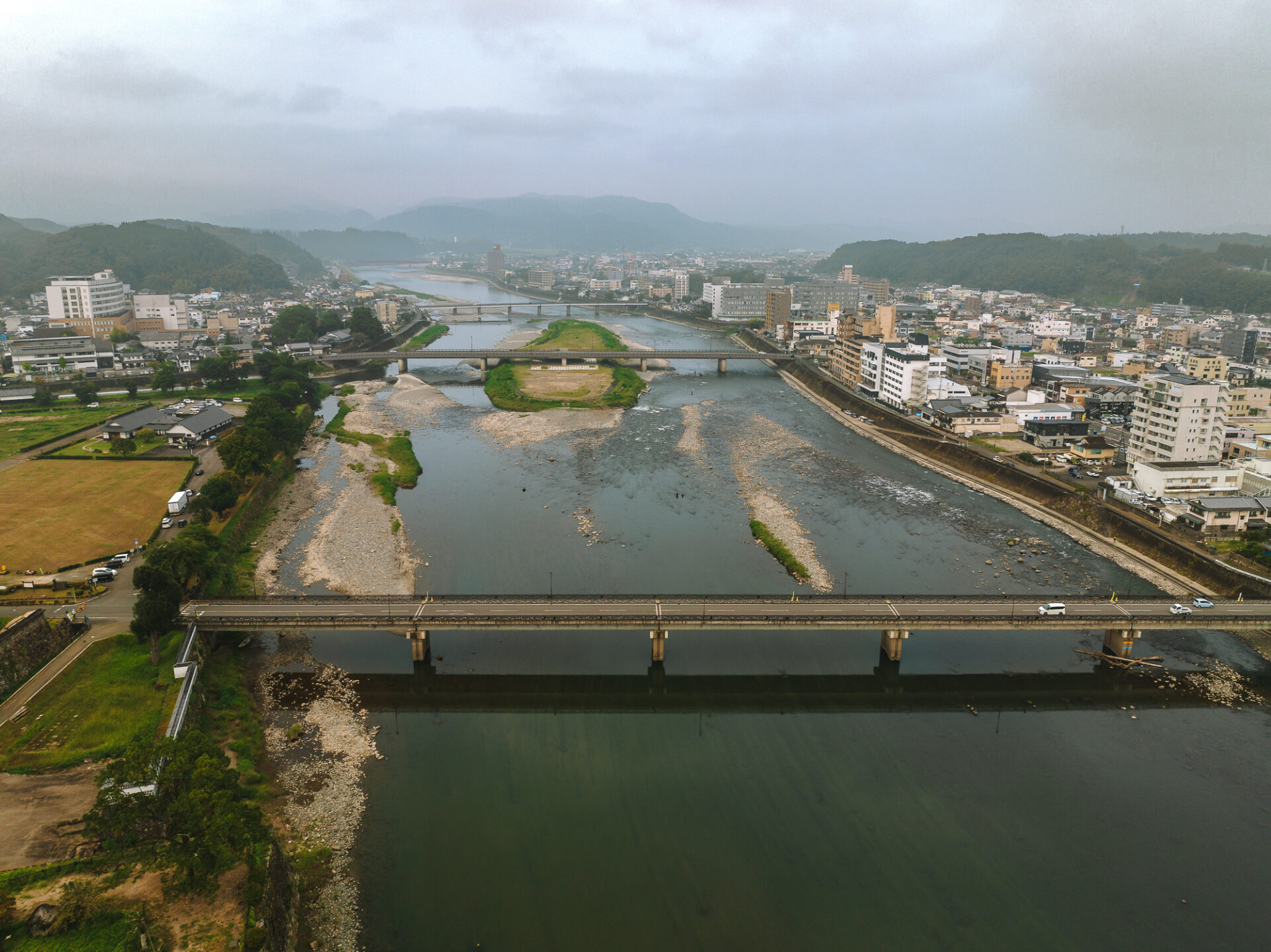
Traveling Soon? Here is a list of our favourite travel providers and accessories to help get you ready for your upcoming trip!
Kuma Valley, A Hidden Gem in Kumamoto, Kyushu
Having explored this region, we are convinced that Kuma Valley is one of Japan’s hidden gems.
Protected for over 700 years by the Sagara clan, Kuma Valley is seeped in deep cultural traditions and heritage and showcases a side of Japan that’s missed by many.
The main hub of the valley is Hitoyoshi. This historic castle town is also renowned for its culinary traditions, supported by the surrounding rice fields, tea plantations, and fruit orchards.
In Kuma Valley, we didn’t just see examples of traditions, we experienced them firsthand, diving deeper into the Japanese way of life.

The Devastating Floods of 2020
In 2020, Kuma Valley experienced devastating floods that wiped out much of the town’s infrastructure. The impact and damage reverberated throughout the community, and rebuilding took years.
But out tragedy, an opportunity was born. As a part of the recovery process, the town of Hitoyoshi has chosen to focus on sustainable tourism initiatives, prioritizing projects that protect the landscapes and the beauty of the region.
This shift has brought about a new momentum for the region, forcing many tourism operators to reevaluate their tourism offerings.
Today, the area feels full of hope and exciting opportunities. New adventures and amazing experiences are being developed every year, offering more and more to travellers who choose to go down to this off-the-beaten-path destination.
So what is there to do in Kuma Valley? Read on to learn more about our top experiences in Kuma Valley, and get ready – there are some true gems!
Before we dive into our adventures, we wanted to give a quick shout-out to Kodo Travel, and the Kumamoto Prefecture for helping us discover this region. Kodo Travel’s close relationships with the community and their work with local tourism organizations have allowed them to build a unique and incredibly impactful itinerary for our visit. If you want to add some (or all) of these experiences to your Japan itinerary, we highly recommend that you reach out to Mike/Shannon from Kodo Travel to make your travel dreams – a reality!
Ok. Let’s dive into our most memorable experiences in Kuma Valley and some of the things we recommend you do in this part of Kyushu.
Things to do in Kuma Valley, Kumamoto, Kyushu
Visit Kumamoto City
We’ll be honest, we didn’t get a chance to visit Kumamoto City during our time in the region. But the capital of Kumamoto Prefecture offers a number of attractions worth adding to your itinerary, including Kumamoto Castle and the Contemporary Art Museum, Kumamoto, to name a few.
The Kumamoto Castle is considered a symbol of Kumamoto and is one of the three great castles in Japan. It is conveniently located near the JR Kumamoto Station, making it easily accessible via the Shinkansen bullet train.
Kumamoto is a great spot to visit at the beginning of your trip to the region.
Shochu Distillery Visit
Explore the world of Kuma Shochu, a traditional Japanese rice spirit that originated in the Sagara domain of the Hitoyoshi Kuma region.
With a longstanding history of more than 500 years, the alcoholic drink is made from local ingredients, including kouji (malted rice) made from two-stage fermentation and natural water from the area. Shochu is best tasted oyuwari (diluted with hot water), straight or on the rocks, as an appetizer or alongside a main dish.
Today, shochu is made in 27 distilleries throughout central Kumamoto, with a very specific distillation method used by each master distiller.
Take a tour of a distillery (or two) and sample the unique liquor found nowhere else in the world. During our visit, we got a chance to not only visit a distillery and see its operation firsthand but also got to know one of the local families who have been brewing shochu for generations.
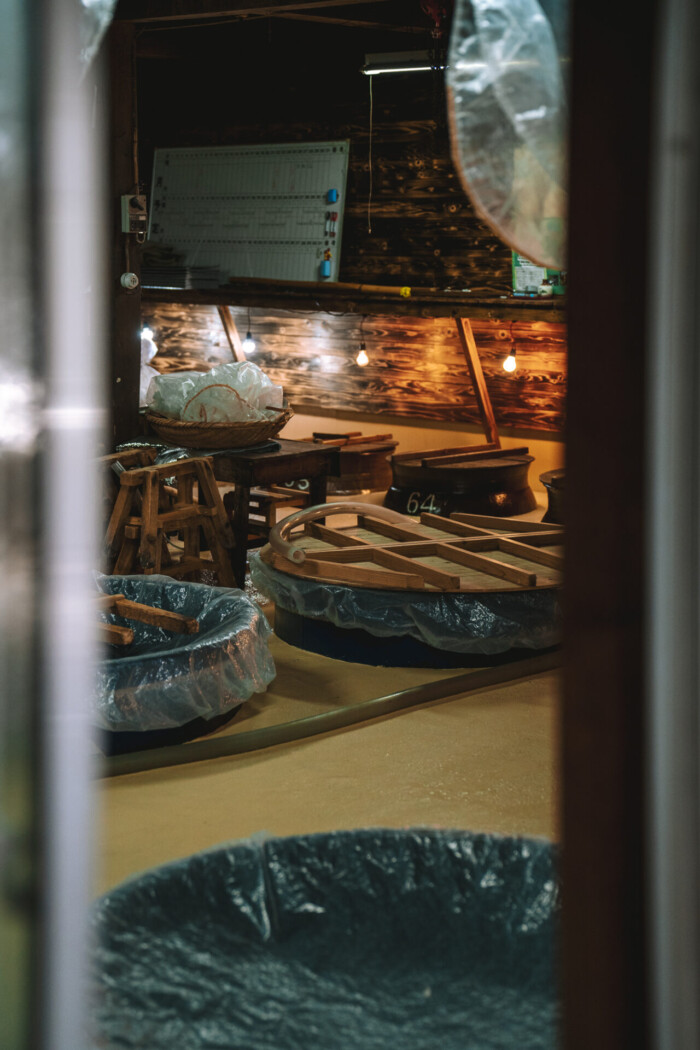

Hyoho Taisha Ryu Samurai Experience
Hyoho Taisha Ryu is a traditional type of martial art of Kumamoto prefecture. It was founded by the legendary samurai Marume Kurando in the Hitoyoshi region in the late 16th century.
While many places in Japan offer samurai training, this was by far the most authentic samurai experience yet!
What makes Taisha Ryu unique is that this specific martial art is still taught by an unbroken lineage of samurais and masters in Yatsushiro city. The grand master or sensei of Hyoho Taisha Ryu, Yamamoto Takahiro, is known for teaching not just kamae (stances) and reihō (etiquette) but for incorporating mindfulness practices as part of the art.
Yamamoto-san welcomes visitors to his daily practices. During the visit, you can delve into the world of samurai warriors and learn the basics of the art and its history. To our surprise, this wasn’t a touristy encounter but a casual drop-in lesson with real taisha ryu students, an experience that felt authentic and truly special.
We got to meet Yamamoto-san and some of his students and had the honour to practice taisha ryu with them, to observe their training in action and to gain a deeper understanding of samurai culture through their eyes.
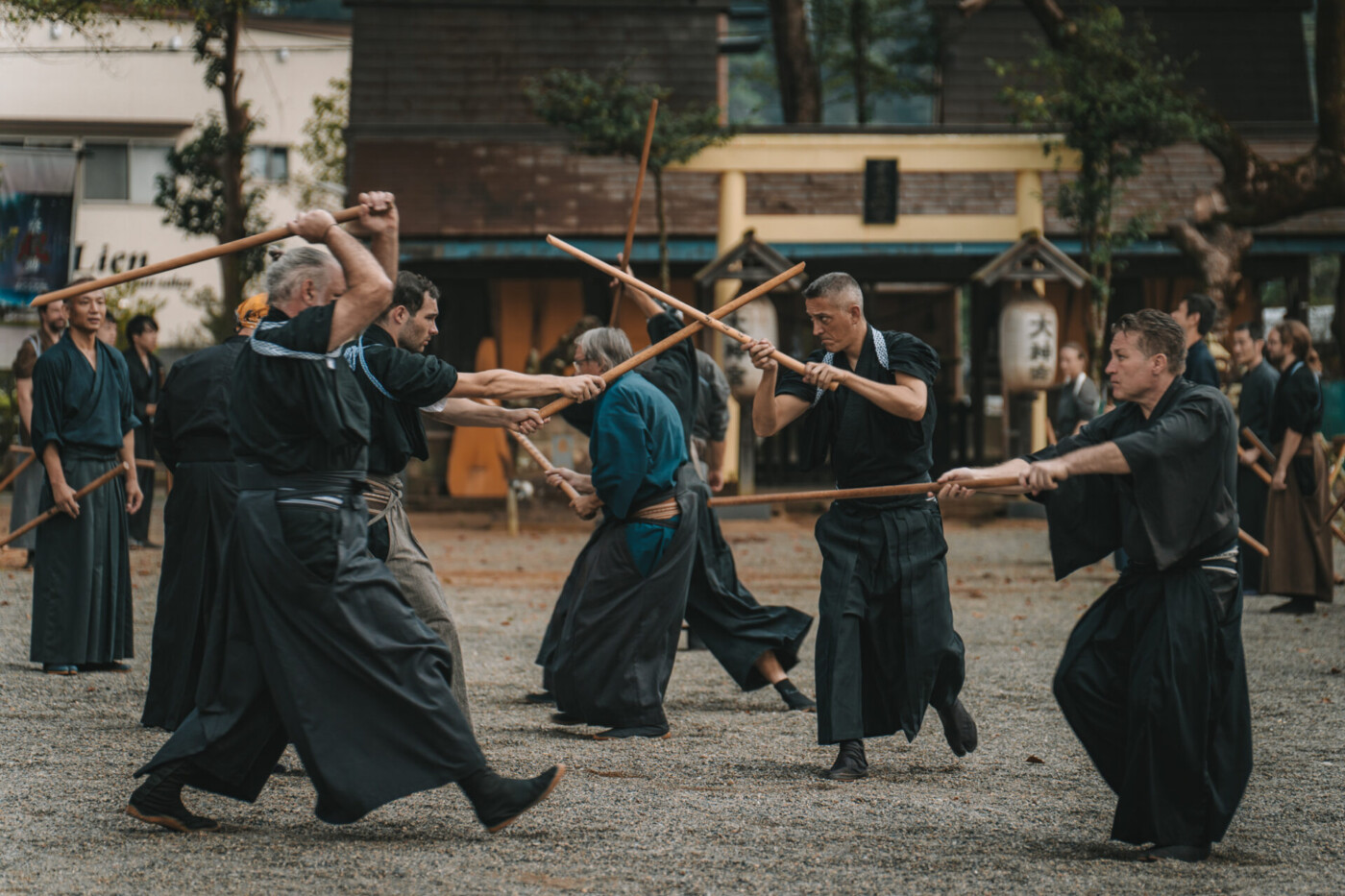

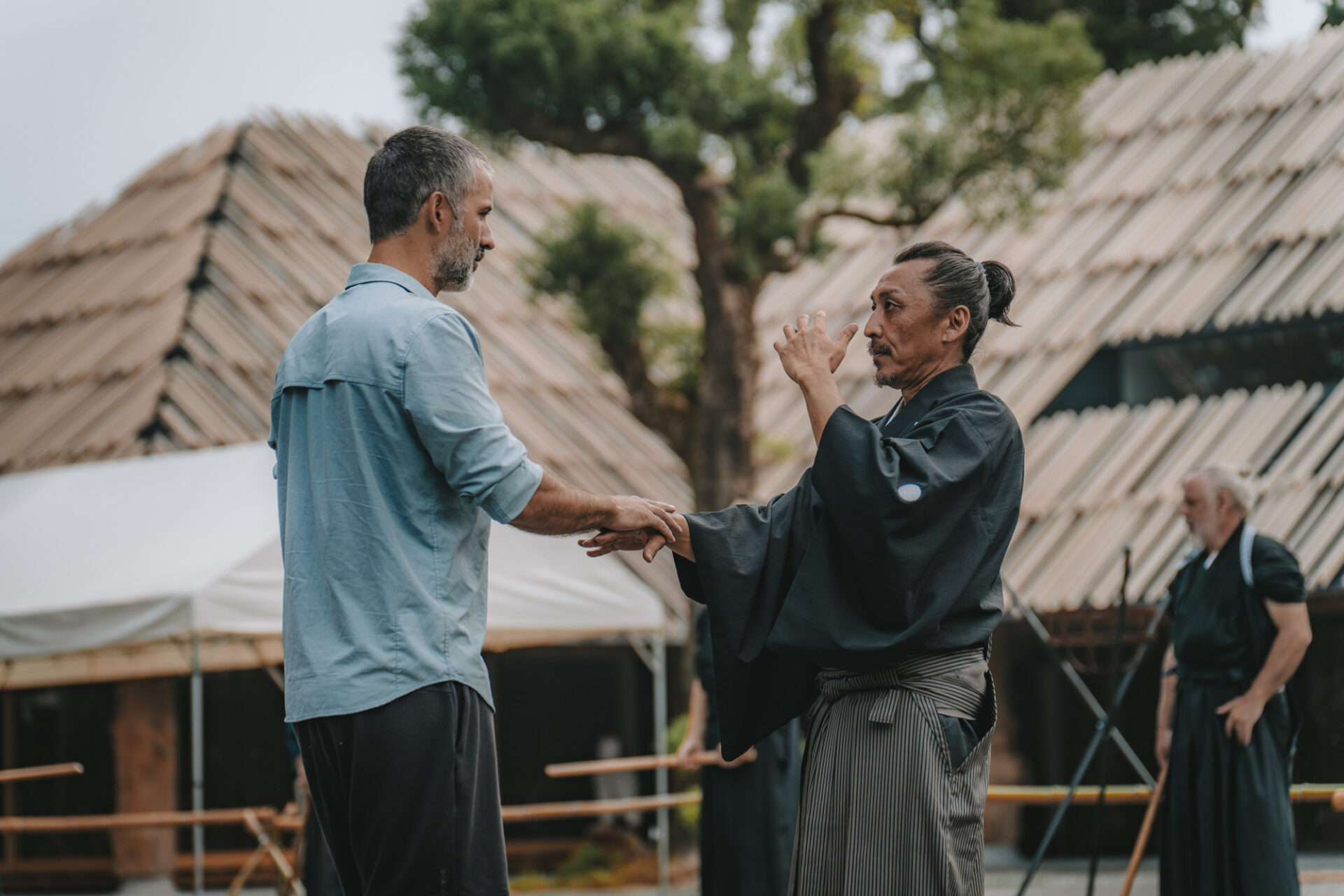
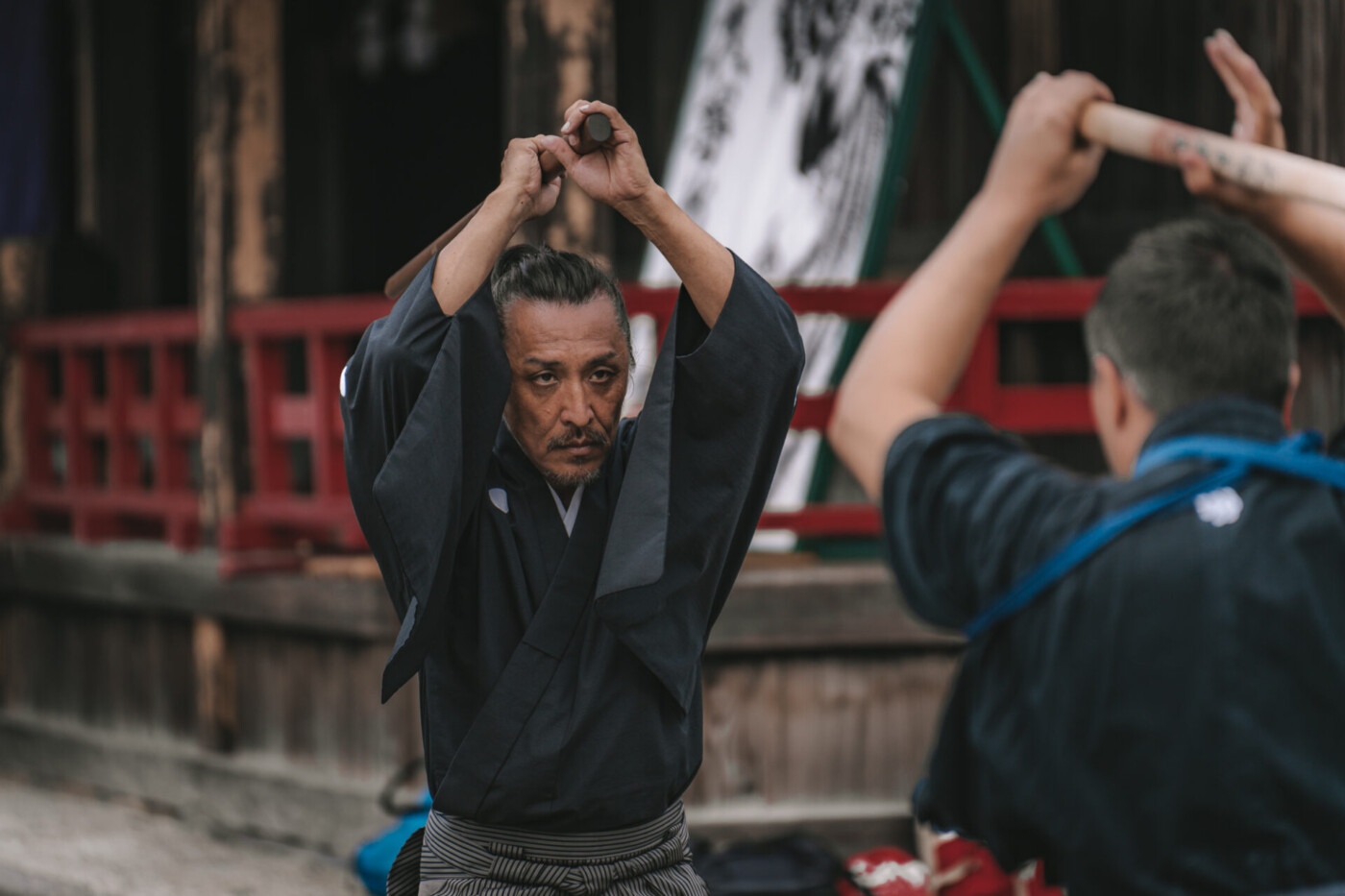
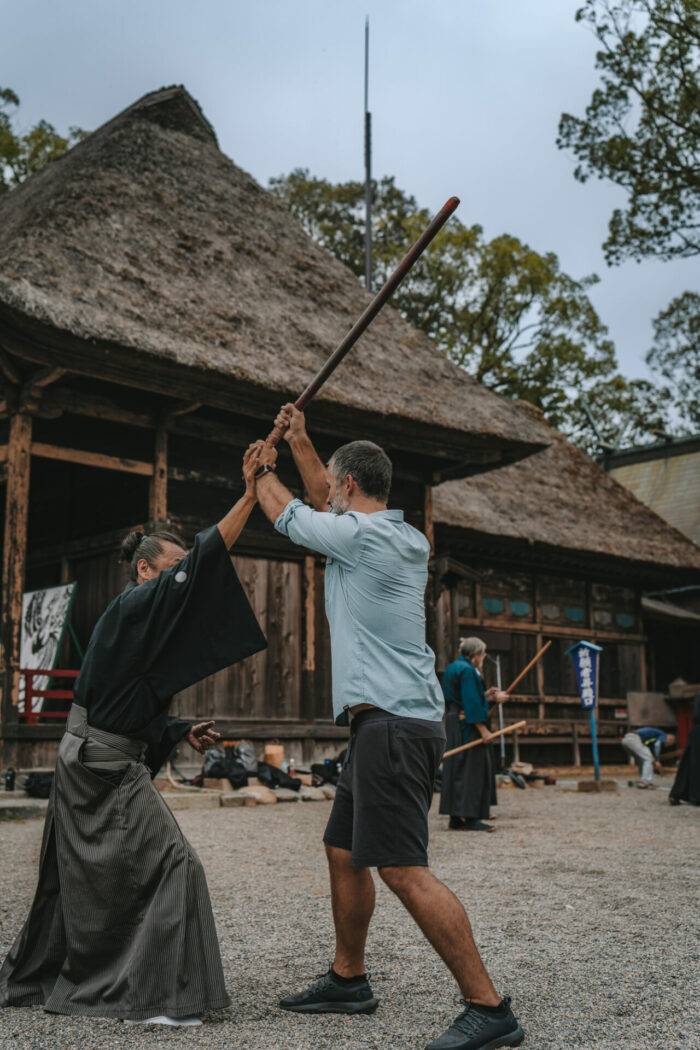
Tea Tasting
One thing you may not know about Kyushu is that the area around Kuma Valley and Kagoshima prides itself on being one of the top tea-growing regions in Japan.
Here, tea-clad hills add colour to the landscapes and act as home to many small-scale tea farms in the area. One of them is Miyazaki Tea Garden, a small-scale family tea farm specializing in growing a variety of Japanese green tea.
It was a pleasure to visit the farm, to frolic in the beautiful tea plantations, and taste their teas and sample some delicious tea-flavoured treats.
We got to taste different types of Japanese tea grown and produced on the farm, including traditional unfermented green tea, sencha tea, which consists of whole tea leaves finished like a needle, houjicha, a type of roasted green tea, and tamaryokucha which consists of rounded tea leaves that is quite rare in Japan.
For a tea lover, this was a true highlight!
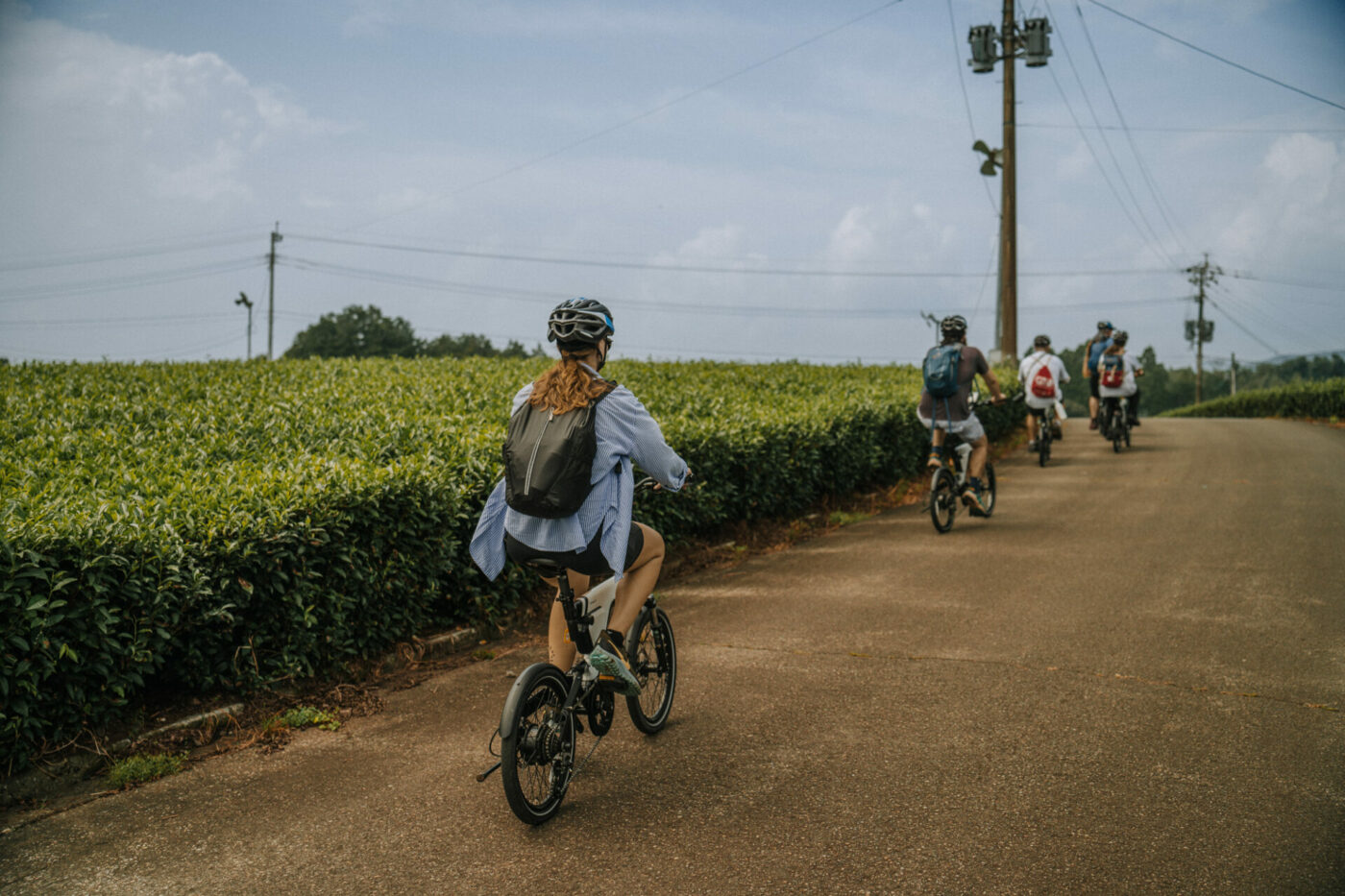

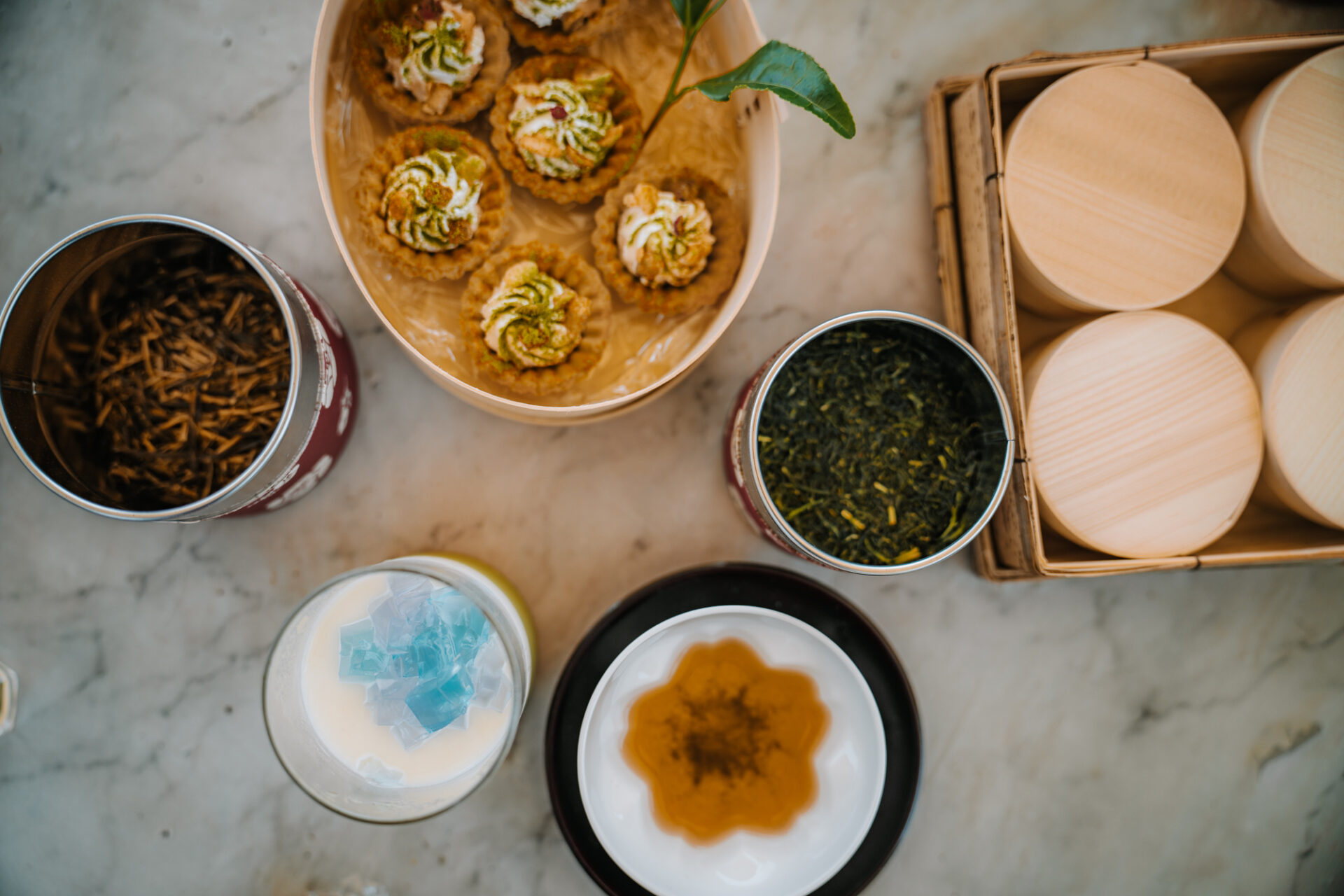


Home Stay at Ryukinka no Sato
Located in the village of Asagiri in the southern part of Kumamoto Prefecture, Ryukinka no Sato is a homestead that connects people with the land and culture. The charismatic owner of Ryukinka, Sechan, is seen as a matriarch of the village and a leader in the homestay movement of the region. Her passion for sharing traditional food with visitors is just one of the many reasons we really loved this experience.
Staying at Ryukinka was like coming home. This small guest house was so much more than a place to lay our heads at night. It was a space to learn, to participate and to share. And nothing was as meaningful as the opportunity to learn directly from Sechan.
Cooking Class
One of the highlights of our stay was a cooking class, where we donned aprons and joined Sechan and her sou-chefs in the kitchen. Over the course of the evening, we got an introduction to local food customs and learned to make a number of local dishes using only farm-fresh ingredients. Traditional recipes mingled with local ingredients resulting in the beautiful medley of dishes that filled the dining room table.
Lots of sake was had, and shochu shared, with conversation flowing freely despite the language barriers. Sechan shared stories about her life, the struggles of women in the area and her continued efforts to empower and inspire the community through food and relationships.
It was a beautiful evening that gave us a deeper understanding of life in this region.
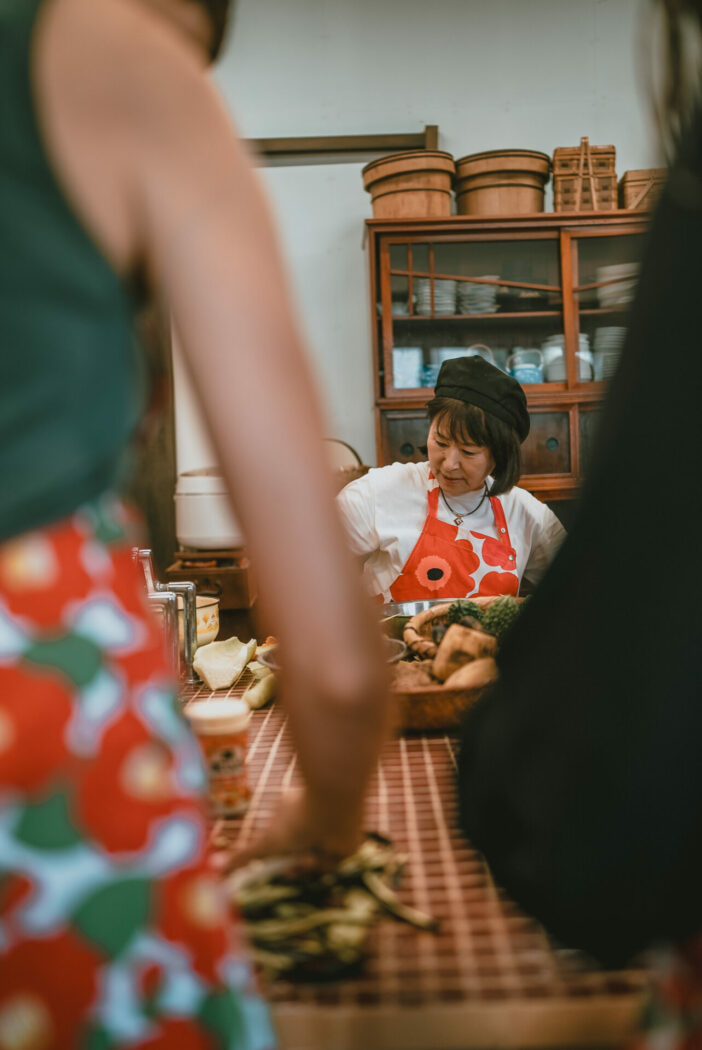


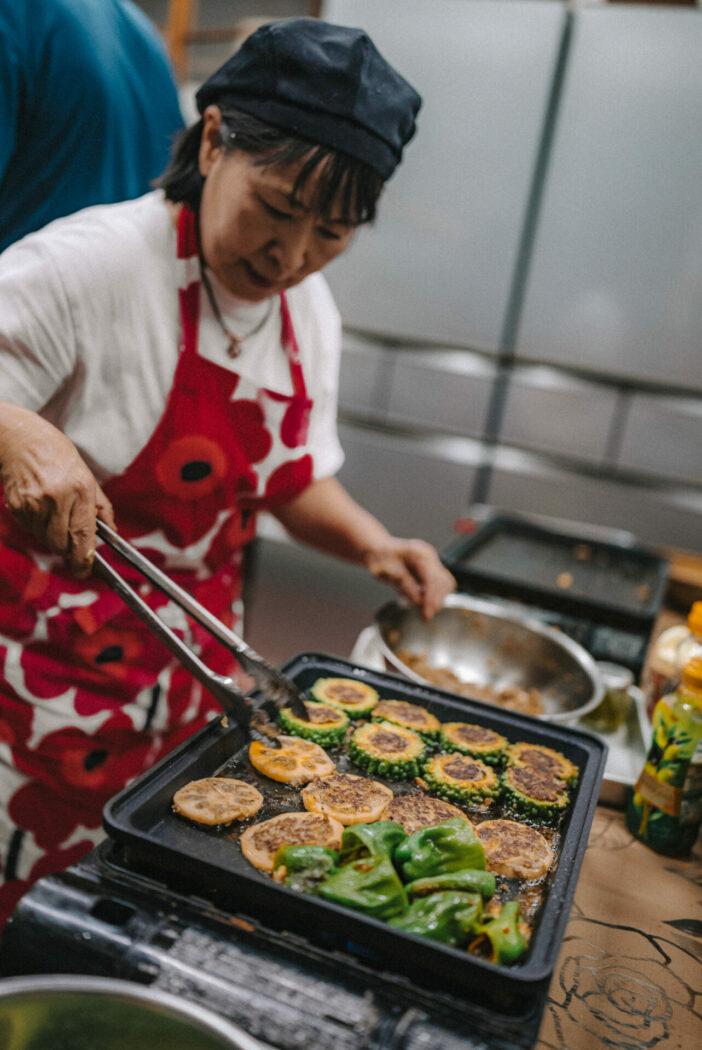
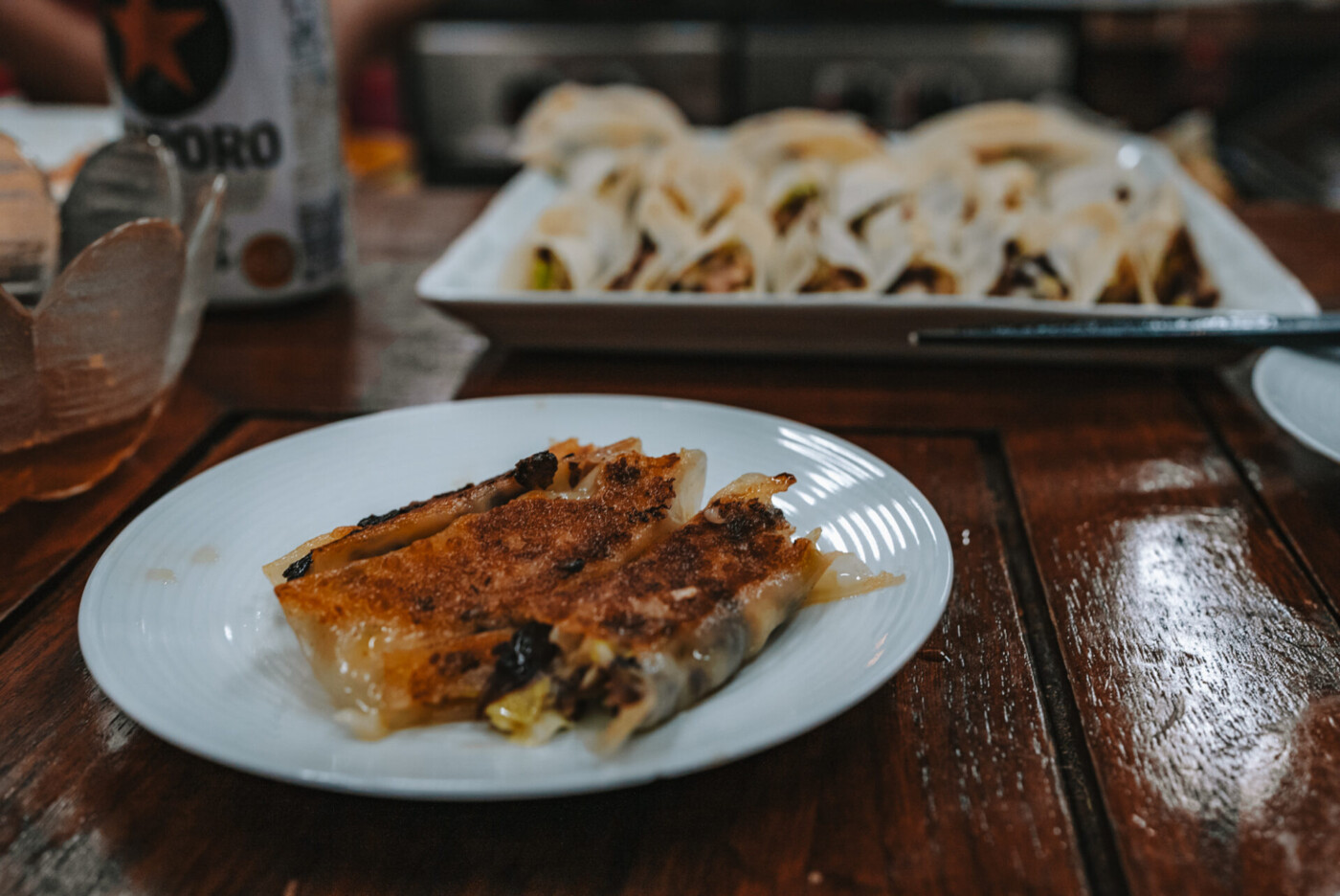
Zen Meditation at Shingu-ji Temple
Located just outside of Hityoshi in Nishiki village, Shinguji Temple is the southernmost temple of the Obaku Zen sect. It is a sect of Zen Buddhism that influences many parts of local culture, including literature, history, cuisine, and art.
The original temple site was built in 1405 but destroyed by fire in 1576. Since then, it has undergone many reconstruction efforts. Surrounded by beautiful hundred-year-old ginkgo trees, it is most beautiful when the trees are covered in bright orange hues during the fall.
What made our visit to this temple so special is the opportunity to meet with the head priest and enjoy a rare conversation about Zen Buddhism practices. We dove head first into a short but powerful guided Zen meditation experience that helped us connect to our body and our breath and find more presence in the moment.
Zen meditation, or zazen, is a primary practice of Zen Buddhism, and the peaceful surroundings within the temple make it an ideal place to enjoy some quiet reflection.
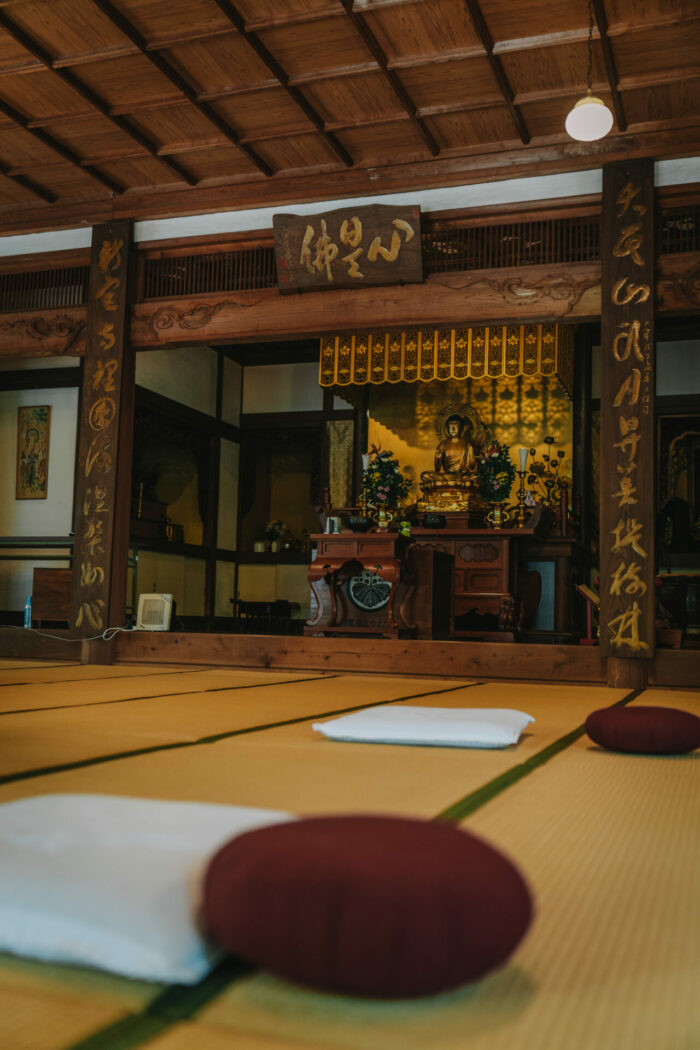
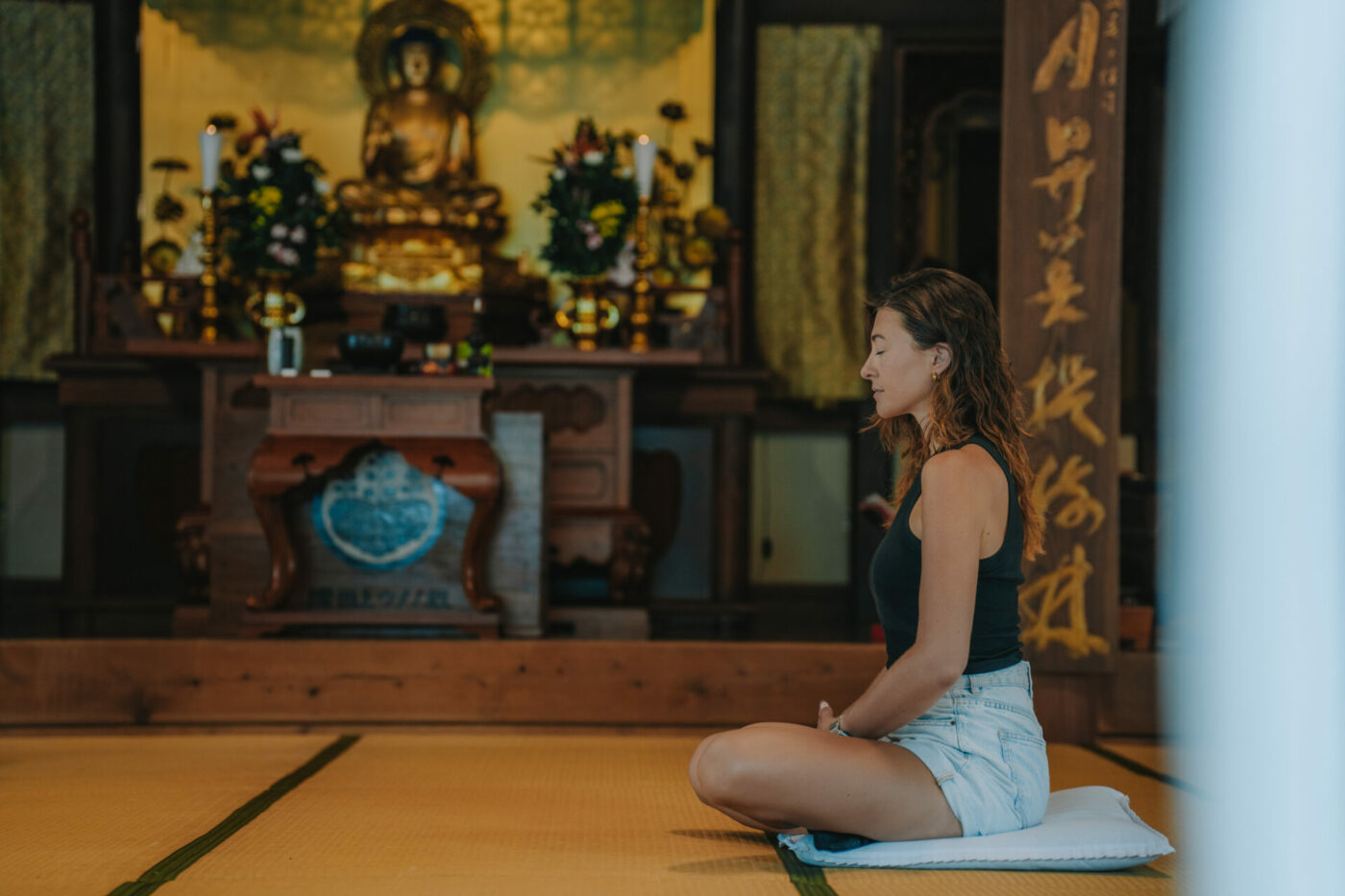
READ NEXT: 3-Day Tokyo Itinerary for First-Timers
Where to Stay: Ryokan Ayu-no-Sato
Originally established in 1941, Ayu-no-Sato is a beautifully renovated ryokan, a traditional Japanese inn overlooking the Kuma River in the city center of Hitoyoshi. We were really impressed by the hotel and its facilities and would highly recommend it as a base for exploring the region.
The rooms at Ryokan Ayu-no-Sato are simply stunning, offering a perfect blend of tradition and modernity. The decor features soft shades of timber and earth tones. Each room boasts river or mountain views, and some even have a private outdoor onsen.
The hotel’s large natural hot springs and baths are another stand-out feature, with views over the river and ruined castle grounds of Hitoyoshi. The terrace offers stunning sunset views and is a perfect place to wind down at the end of the day.
The culinary experience at Ayu-no-Sato is on another level. A traditional kaiseku meal is anything but basic. The dishes feature seasonal ingredients and traditional Japanese dishes with a modern twist. The delicate flavours ooze sophistication when paired with exquisite sake cocktails prepared by the on-site sommelier.
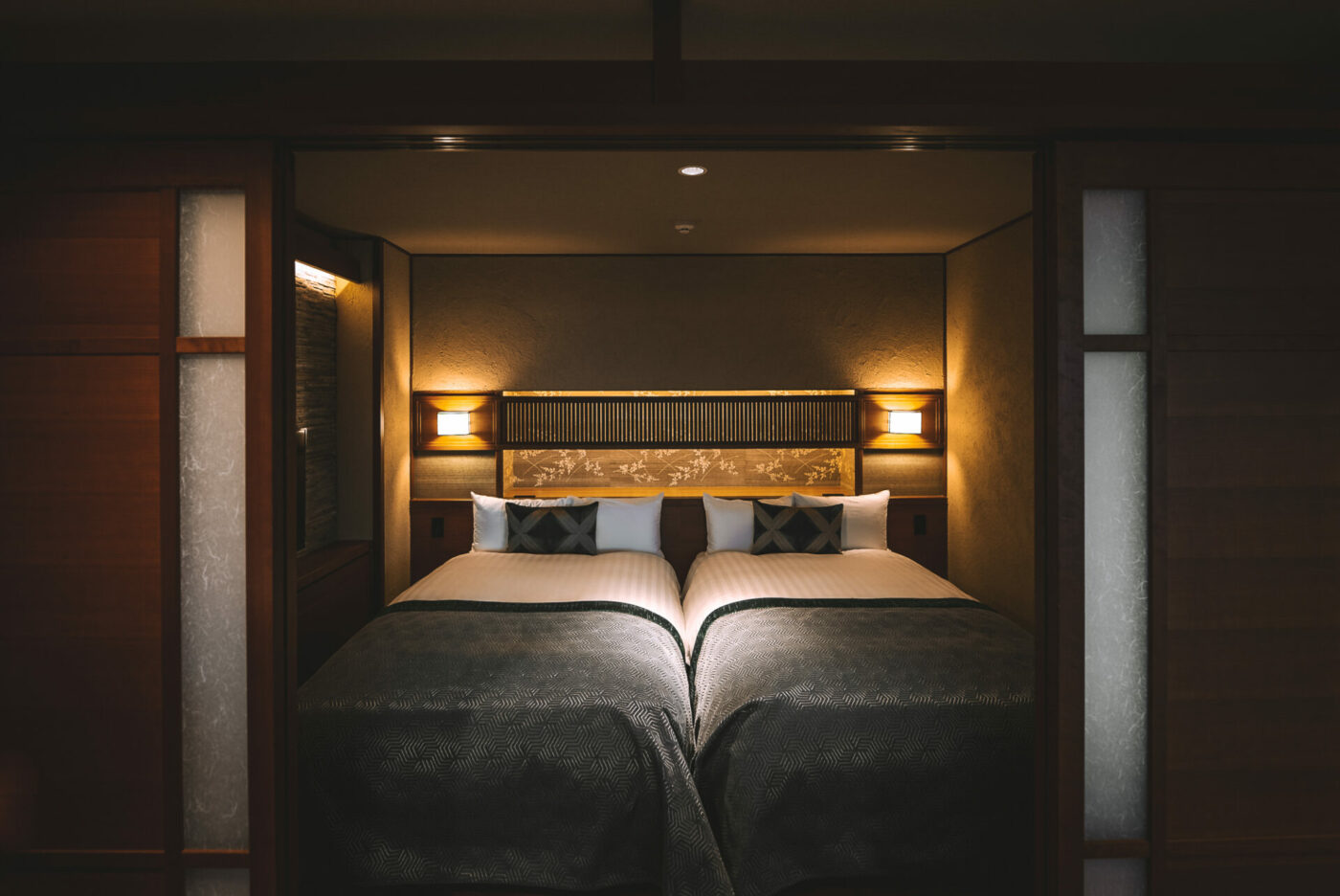


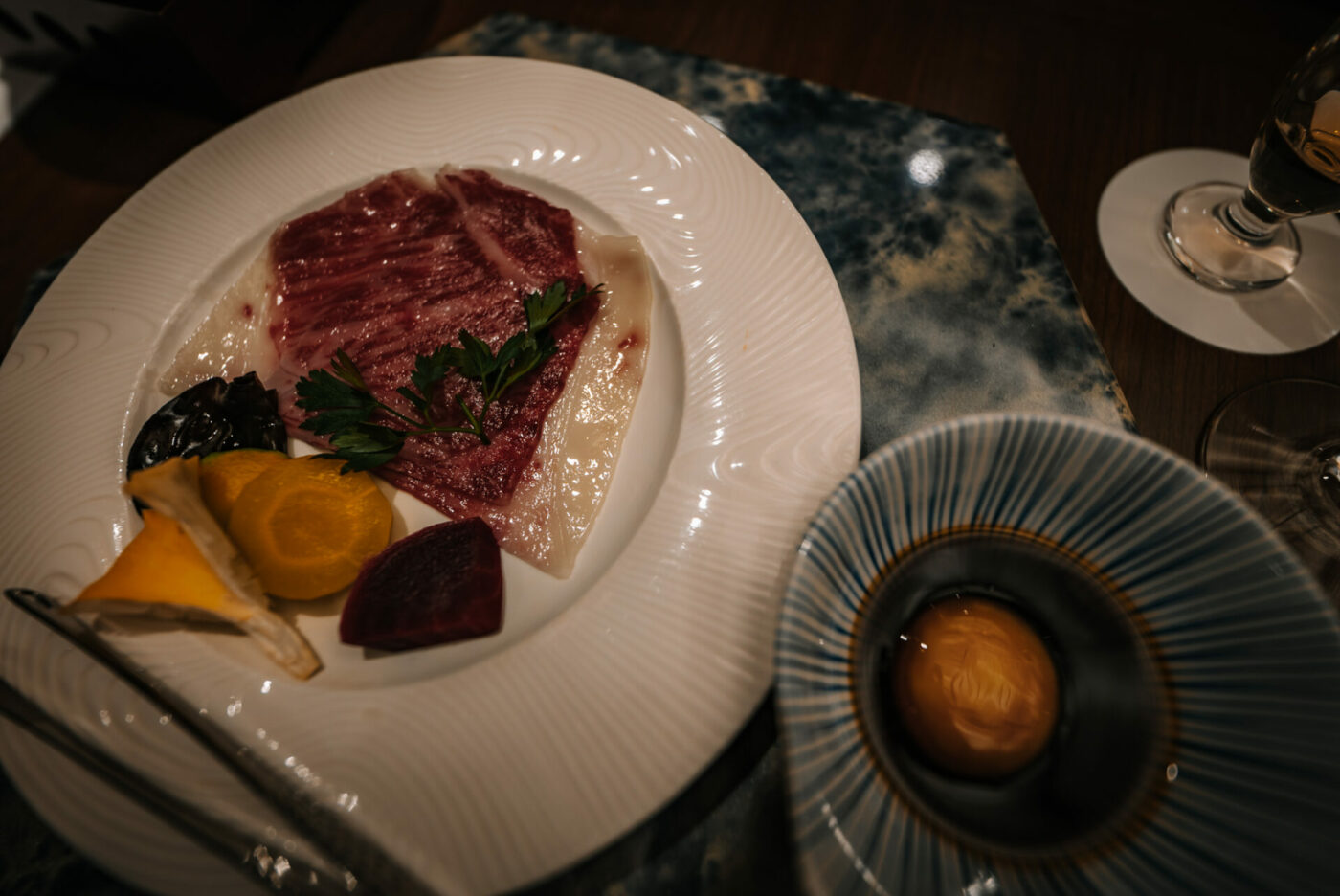
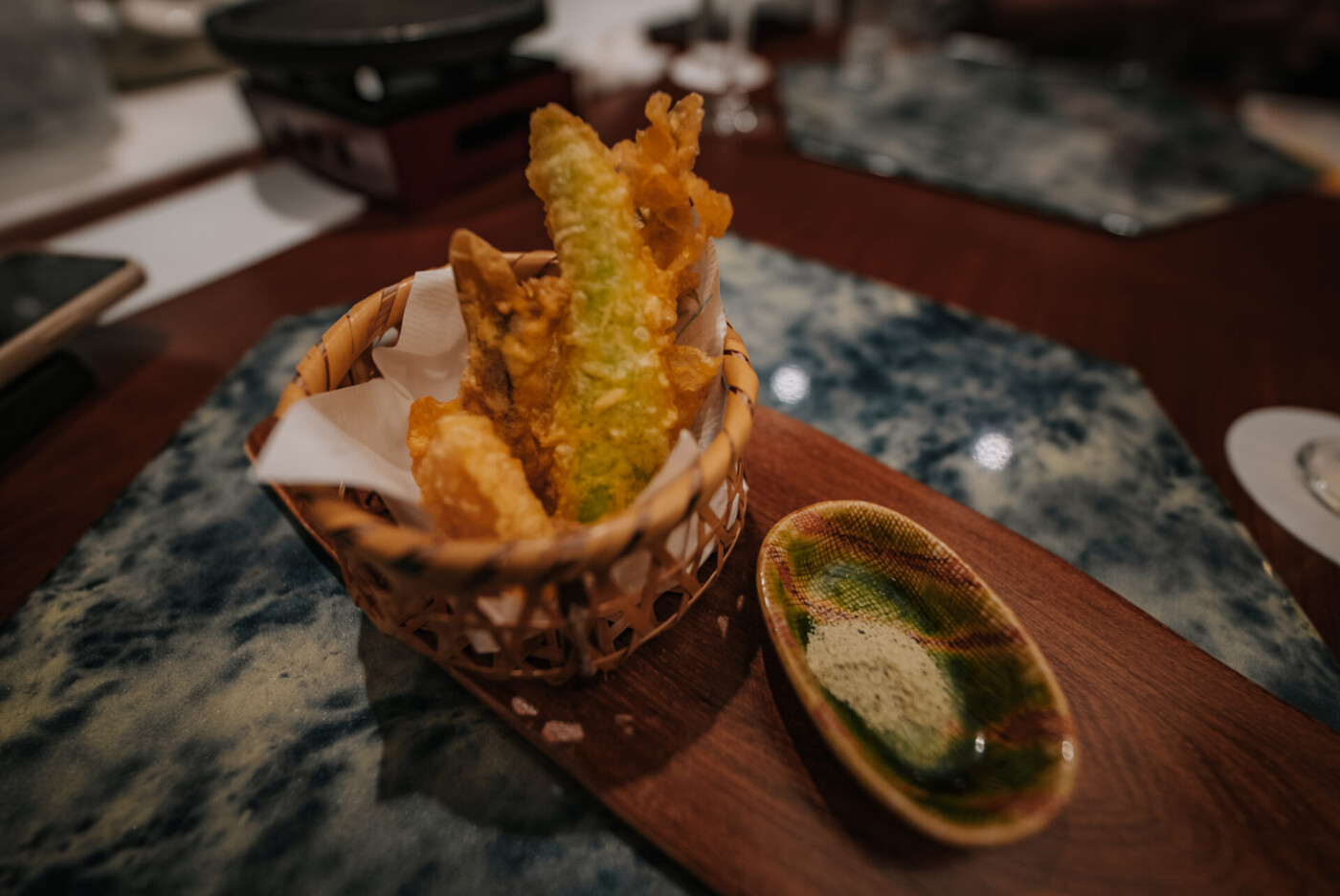
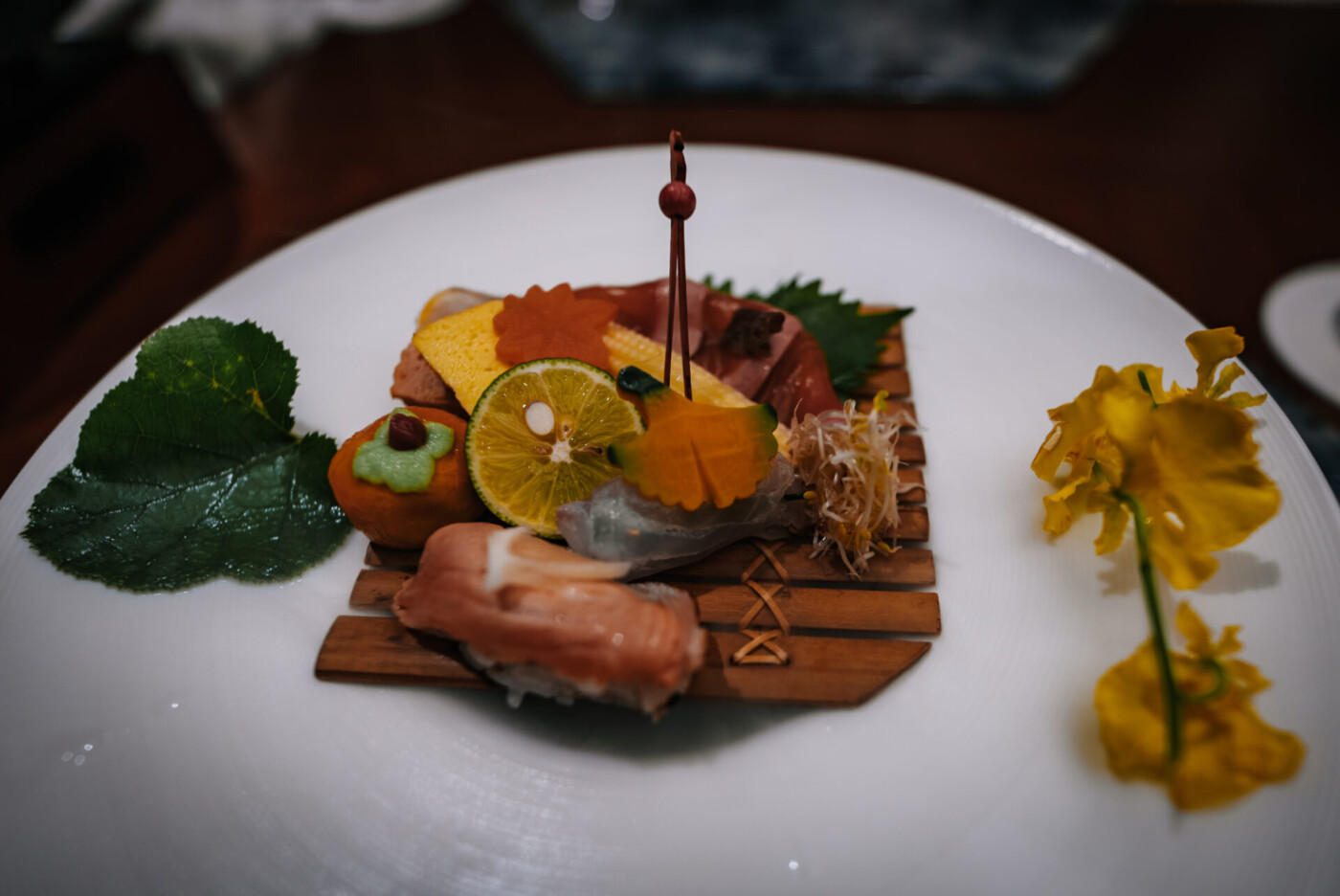
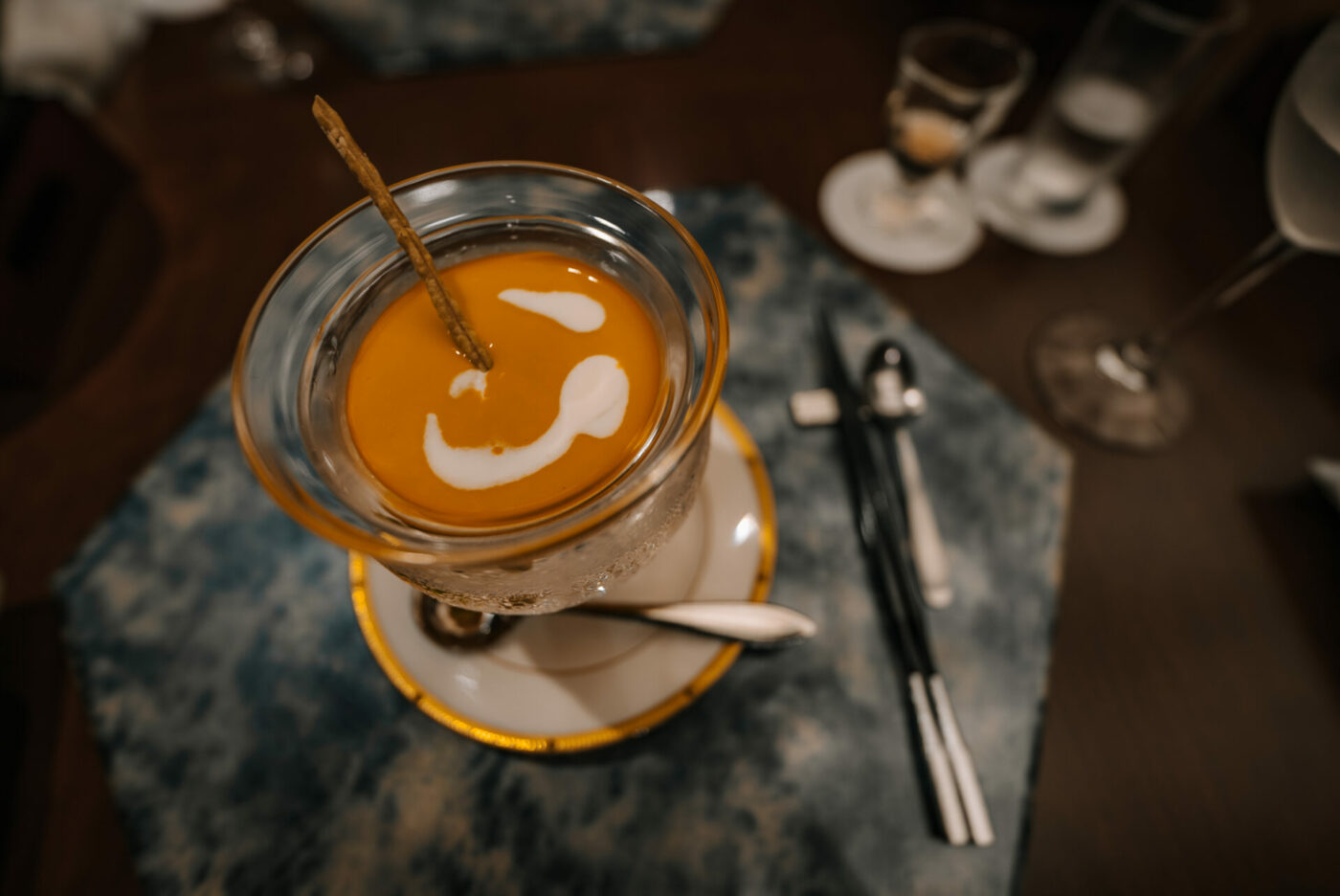
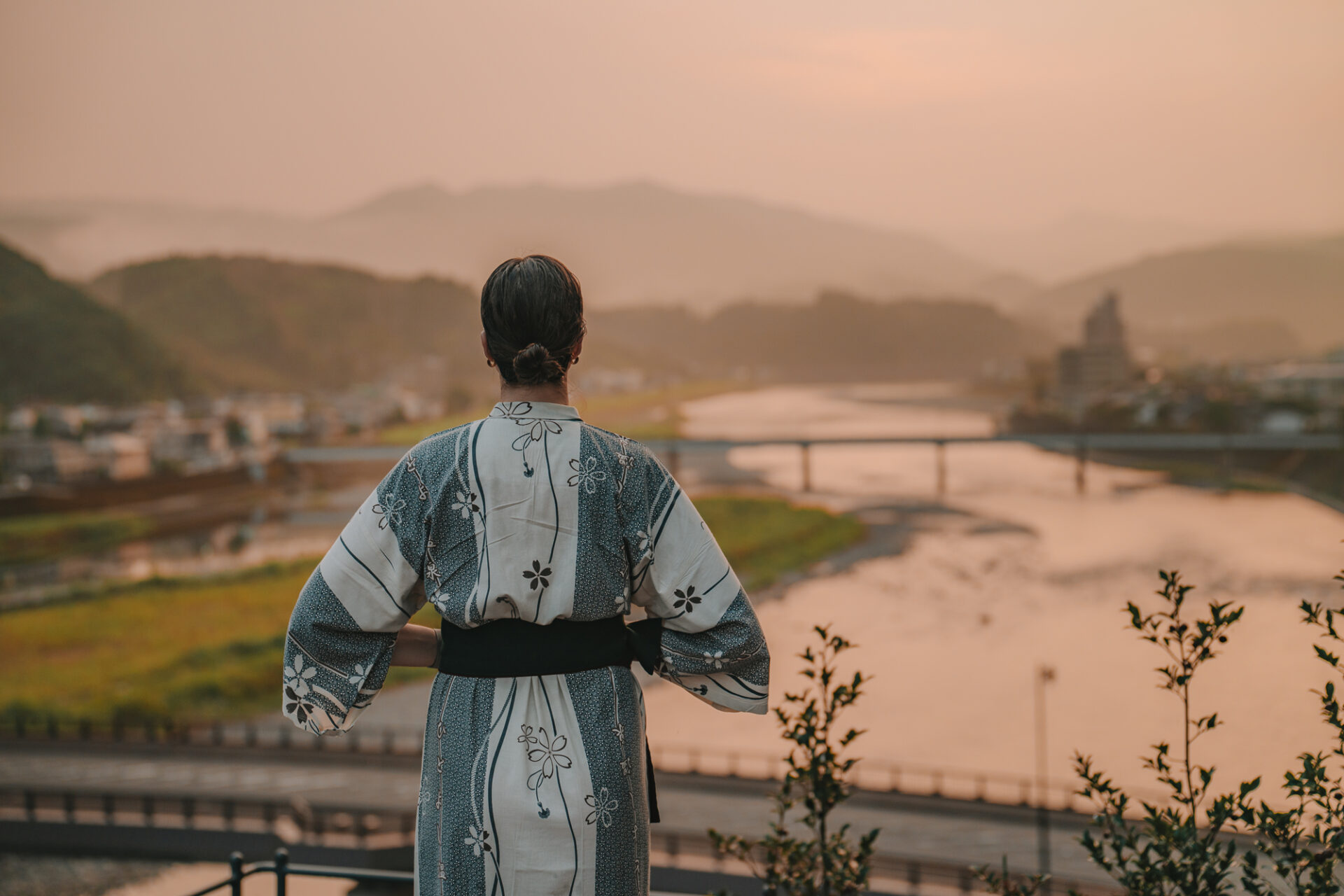
How to Organize This Trip in Kumamoto Prefecture
We hope you loved reading about our experiences in Kuma Valley and feel inspired to add some of these unique activities to your Japan itinerary.
If you are planning a trip and are wondering how you can include these experiences in your own itinerary, you have 2 options:
- Contact Kodo Travel. As mentioned, our itinerary in Kuma Valley was organized by Kodo Travel, a local tour operator with deep connections and relationships in Kumamoto Prefecture (along with many other parts of Japan).
- Book through Ryokan Ayu no Sato. The hotel is perfectly positioned as a hub of activities in the area and is committed to working closely with local tour operators and experience providers in Hitoyoshi. You can contact the hotel and use their concierge services to book all activities in the region.


